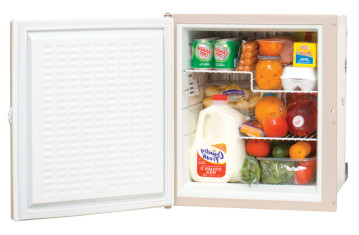ERD50
Give me a museum and I'll fill it. (Picasso) Give me a forum ...
... The battery might be needed if for example you buy lunch at a store and stop at a roadside table to eat it (near the car).
There is another reason I think you may need the battery - the start up current on the unit. Since it plugs in a wall, and only draws 350 watts, the designers would not be concerned at all about a big multiple on the surge current.
But the surge will create an increased voltage drop on the wires from the vehicle battery to the inverter near the back of the vehicle. Having a battery very close to the inverter will help with the surge.
I've got a 2500 W inverter, and it wasn't easy to start a freezer that only draws ~ 450 watts. You really need heavy, short wires and very, very solid connections. Even though I know that, I was still a bit surprised at just how fussy it was.
And I still question the constant 30 A added draw on the alternator. I know they are rated at 90 A or more, but that was a design spec based on normal use. Is there really enough margin for another 30 A continuous?
But that switch that isolates when V < 13.x volts is really clever! That's really a simple and optimal way to do it, since you wont have much above 13V w/o the alternator active. Smart.
-ERD50


